Features
- Beginner friendly through hole soldering.
- 60 keys arranged in a familiar qwerty layout with number keys arranged in a numpad.
- SPI, I2C, and 2 additional GPIOs broken out. Aside from these pins all others are used to read the key matrix.
- Teensy can be rotated with the micro USB facing up or down. Breakout pins will only work as expected with USB facing up.
PCBs are available on Tindie:
KiCad PCB files, Fusion360 model links, STLs and example Arduino keyboard firmware sketch available at:
Thingiverse entry for the HyperPixel 4 & Raspberry Pi 3 B+ Handheld proof of concept:
Various Keyboard Inspiration Links:
- https://hackaday.io/project/158454-mini-piqwerty-usb-keyboard
- http://rc2014.co.uk/modules/universal-micro-keyboard/
- https://atreus.technomancy.us/
Earlier version of the key faceplate:
 Anthony DiGirolamo
Anthony DiGirolamo
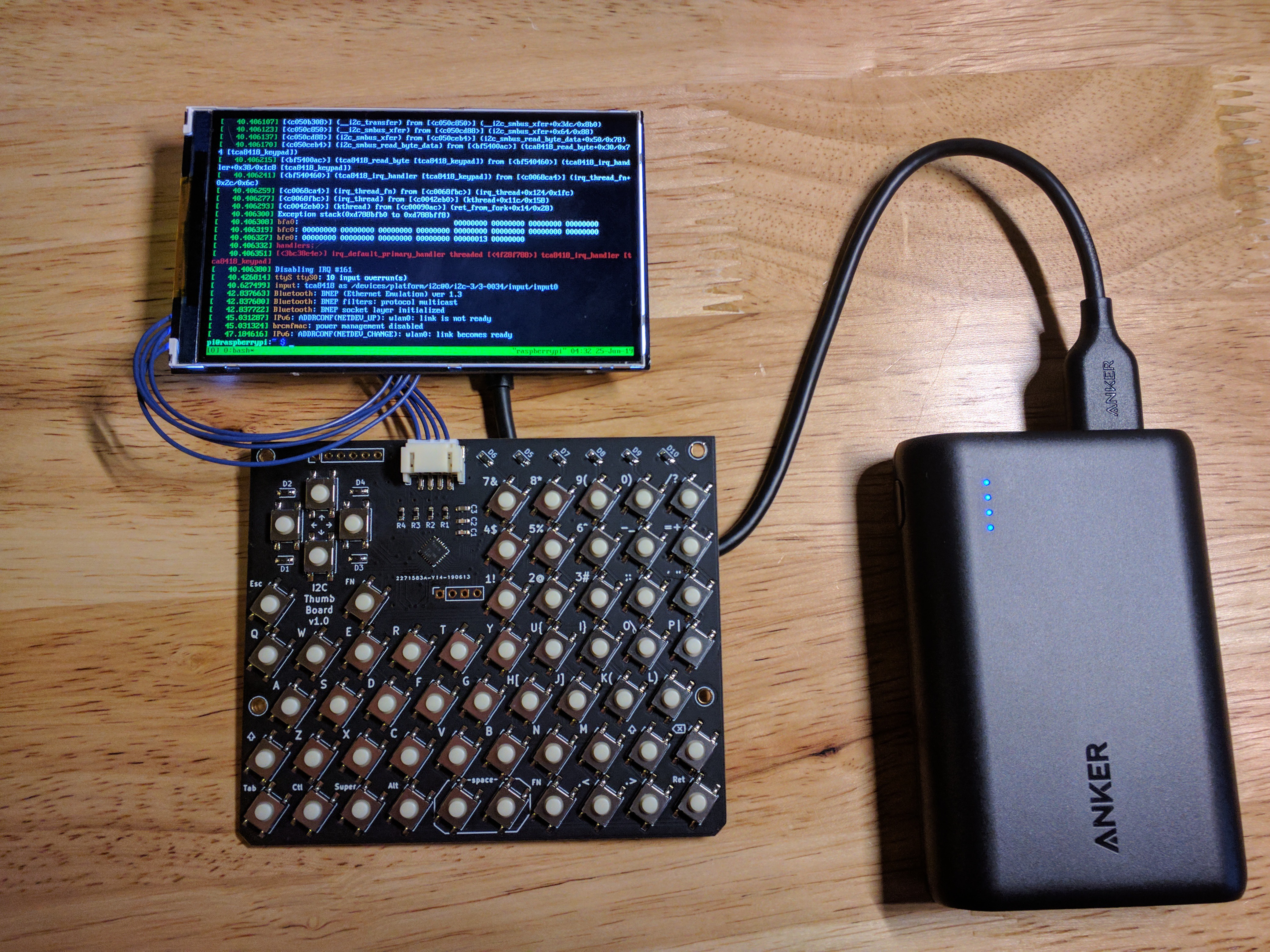
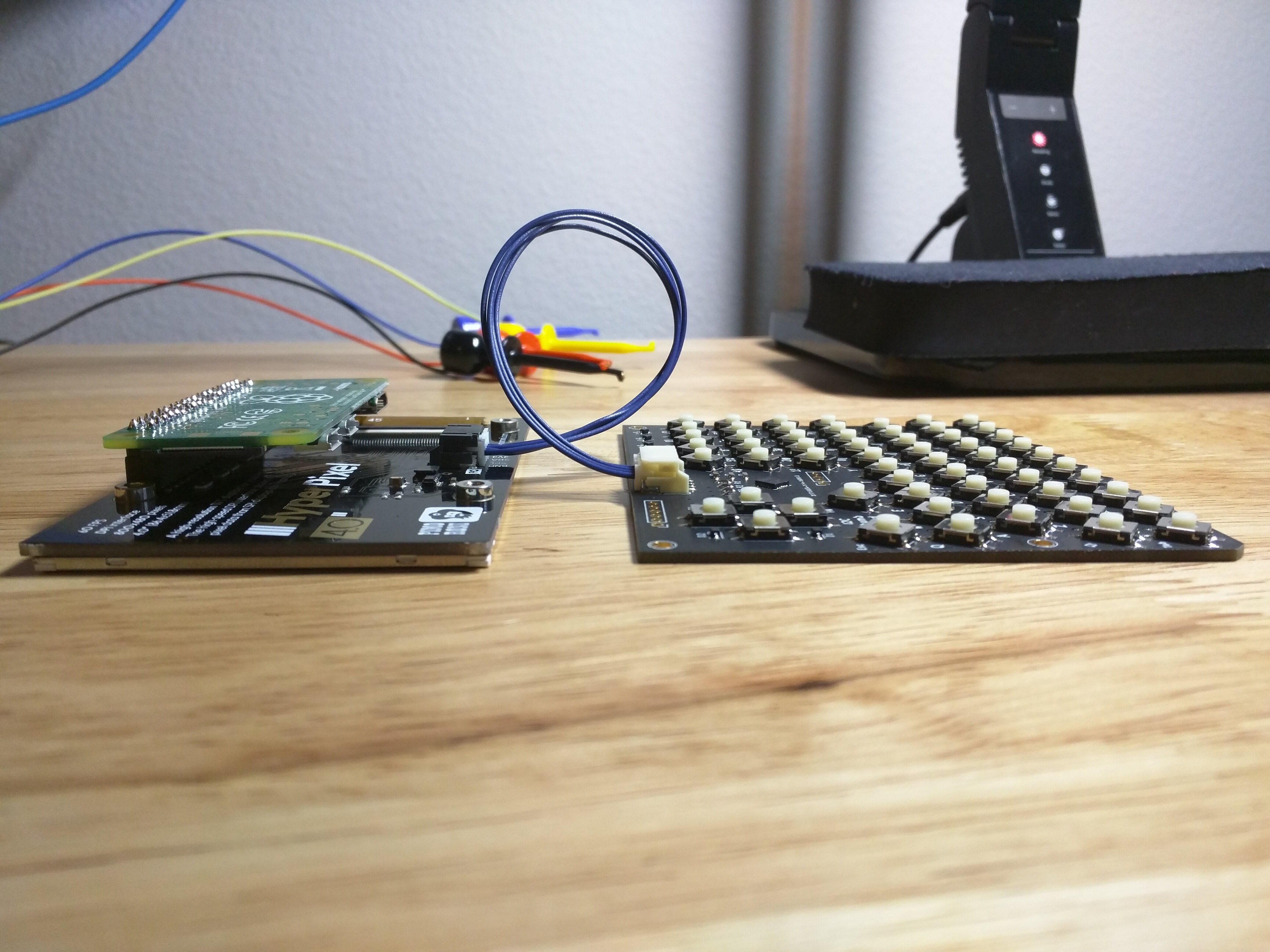
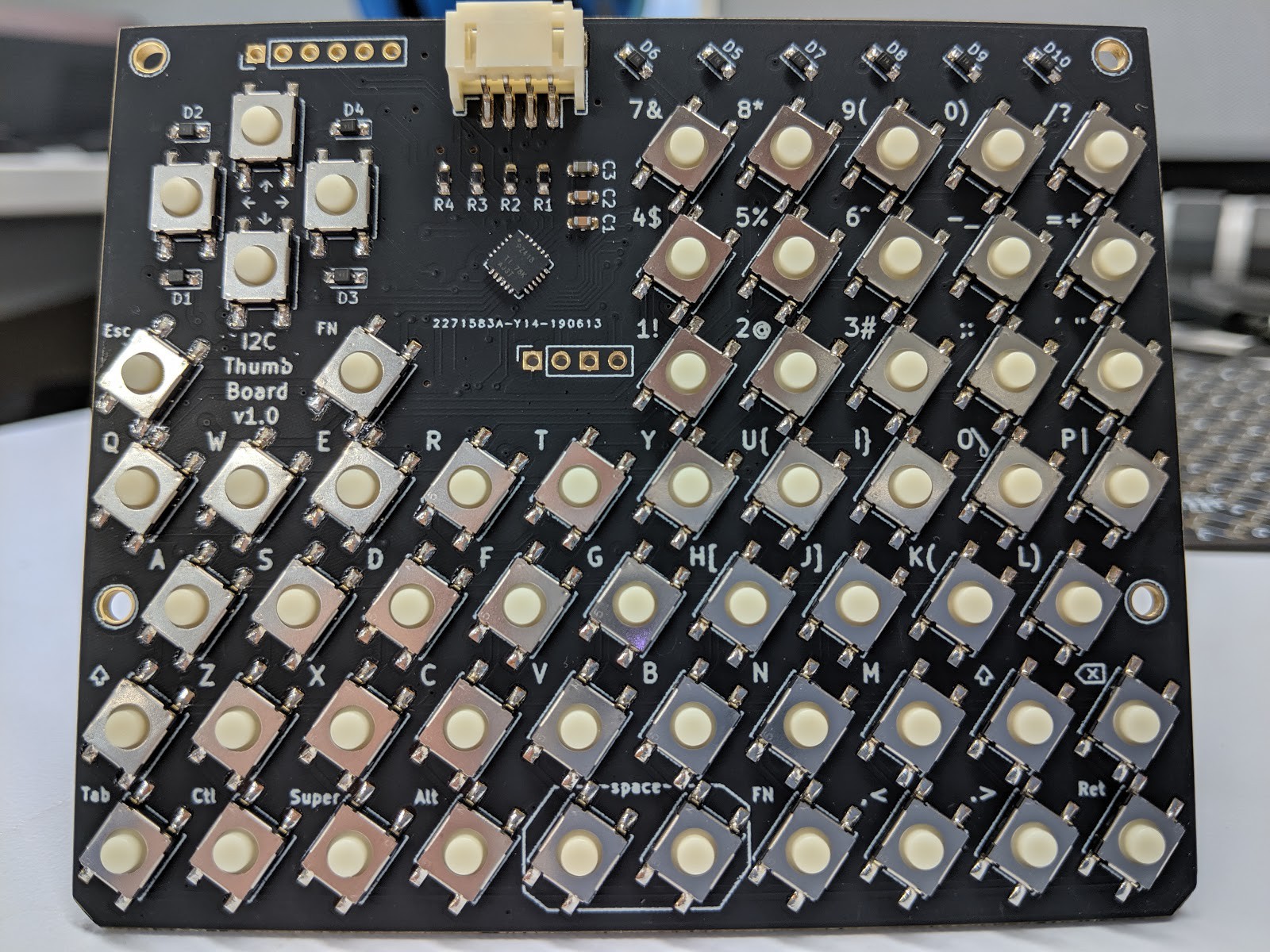

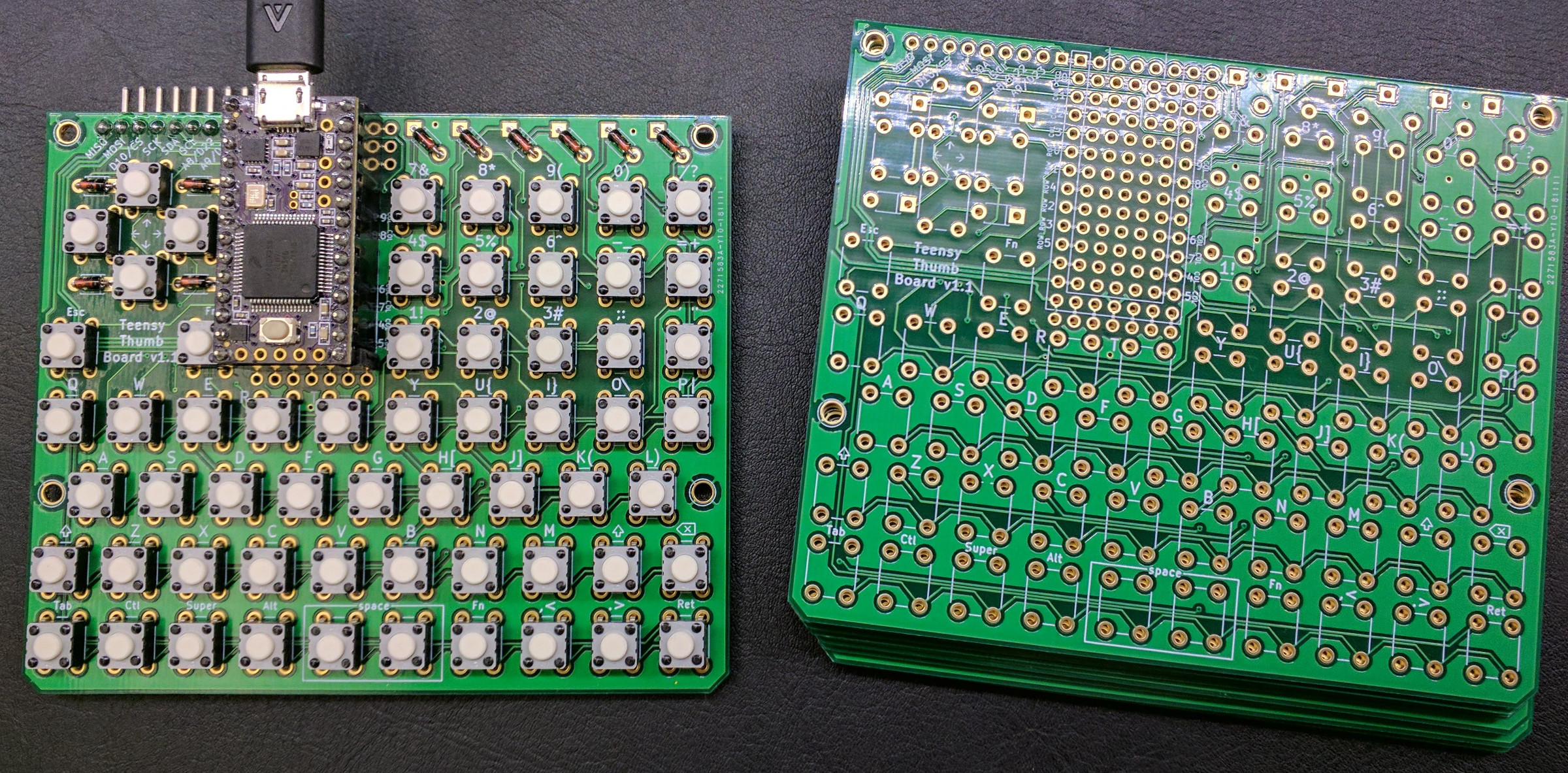
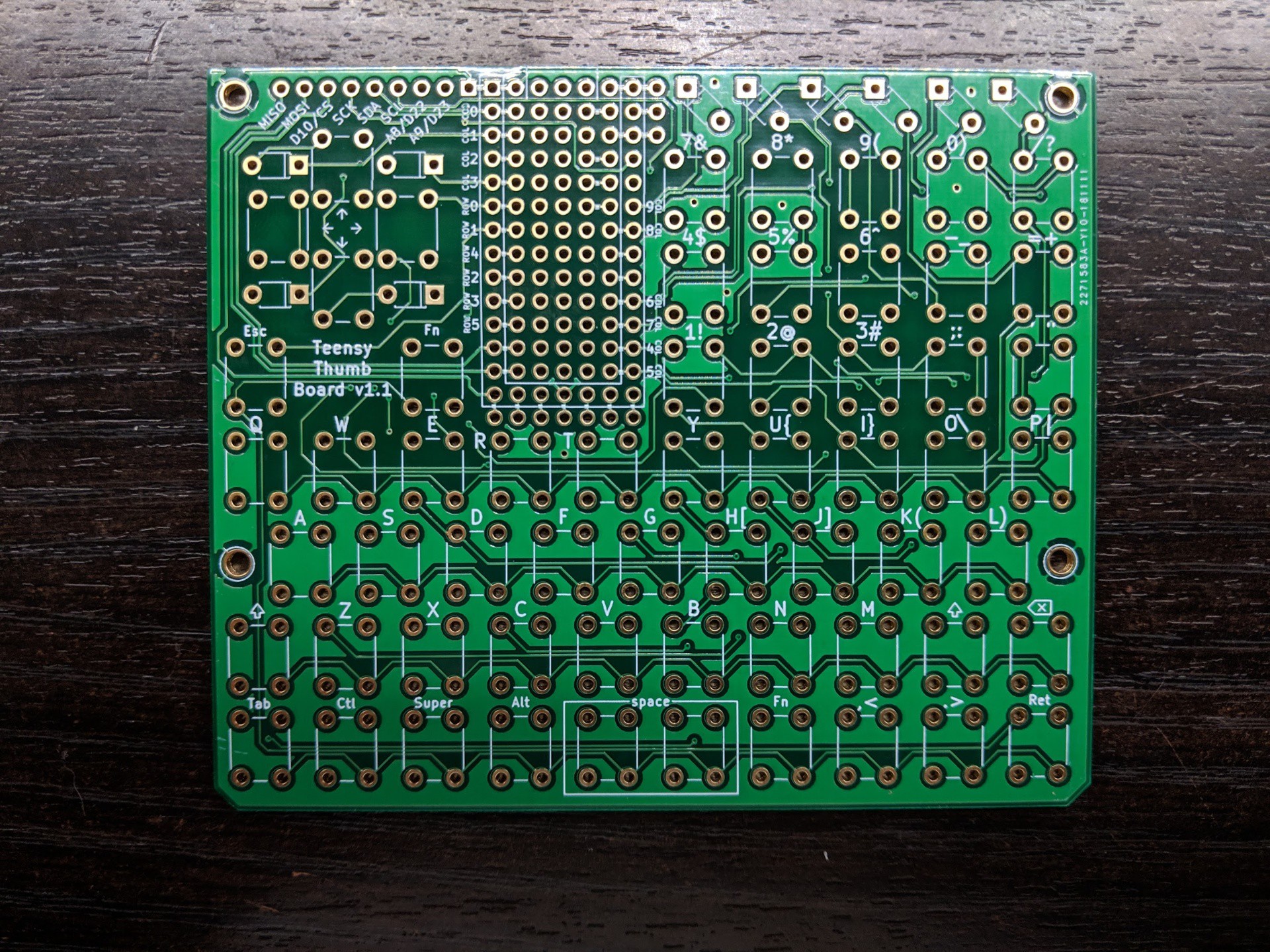

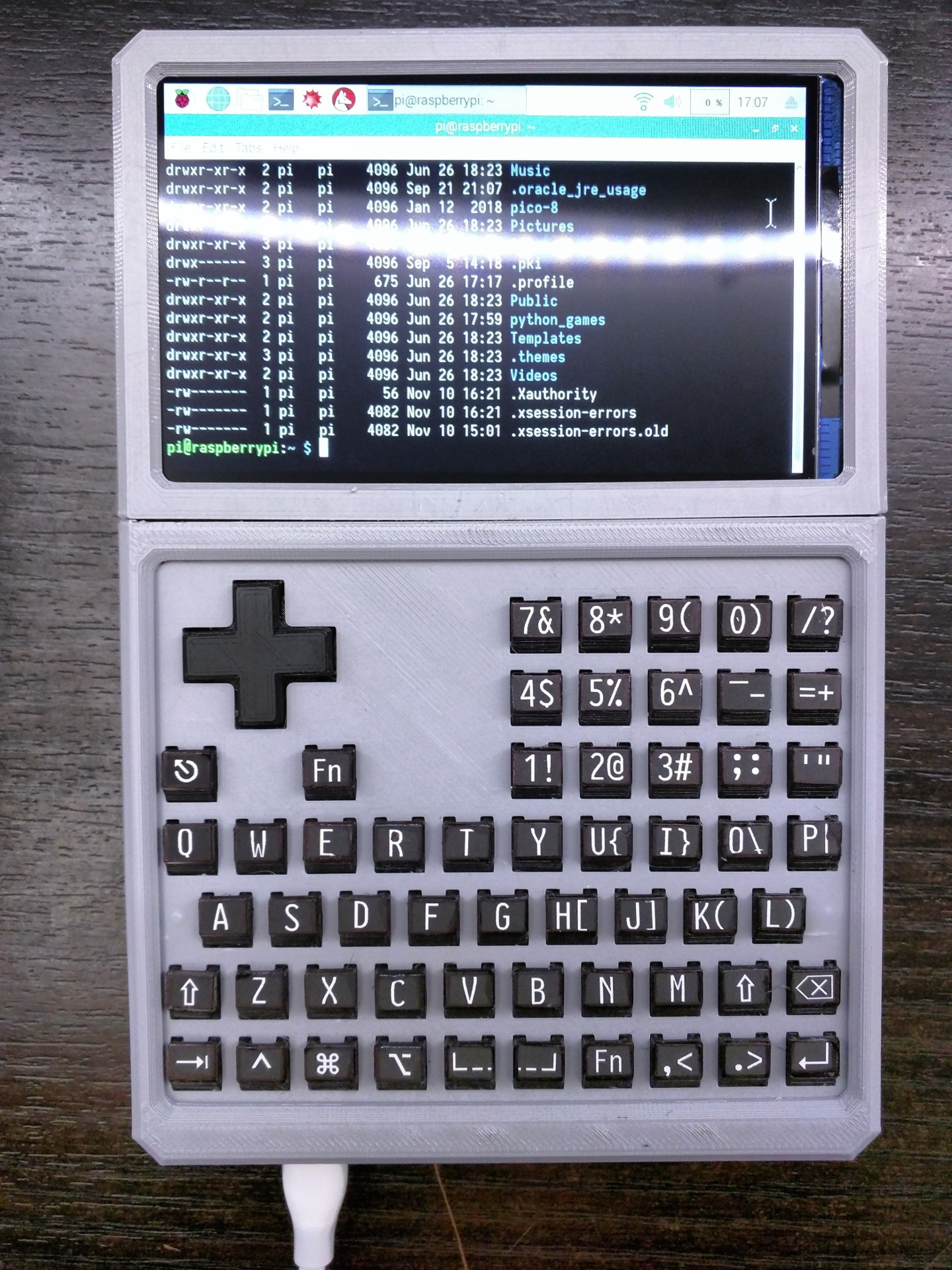

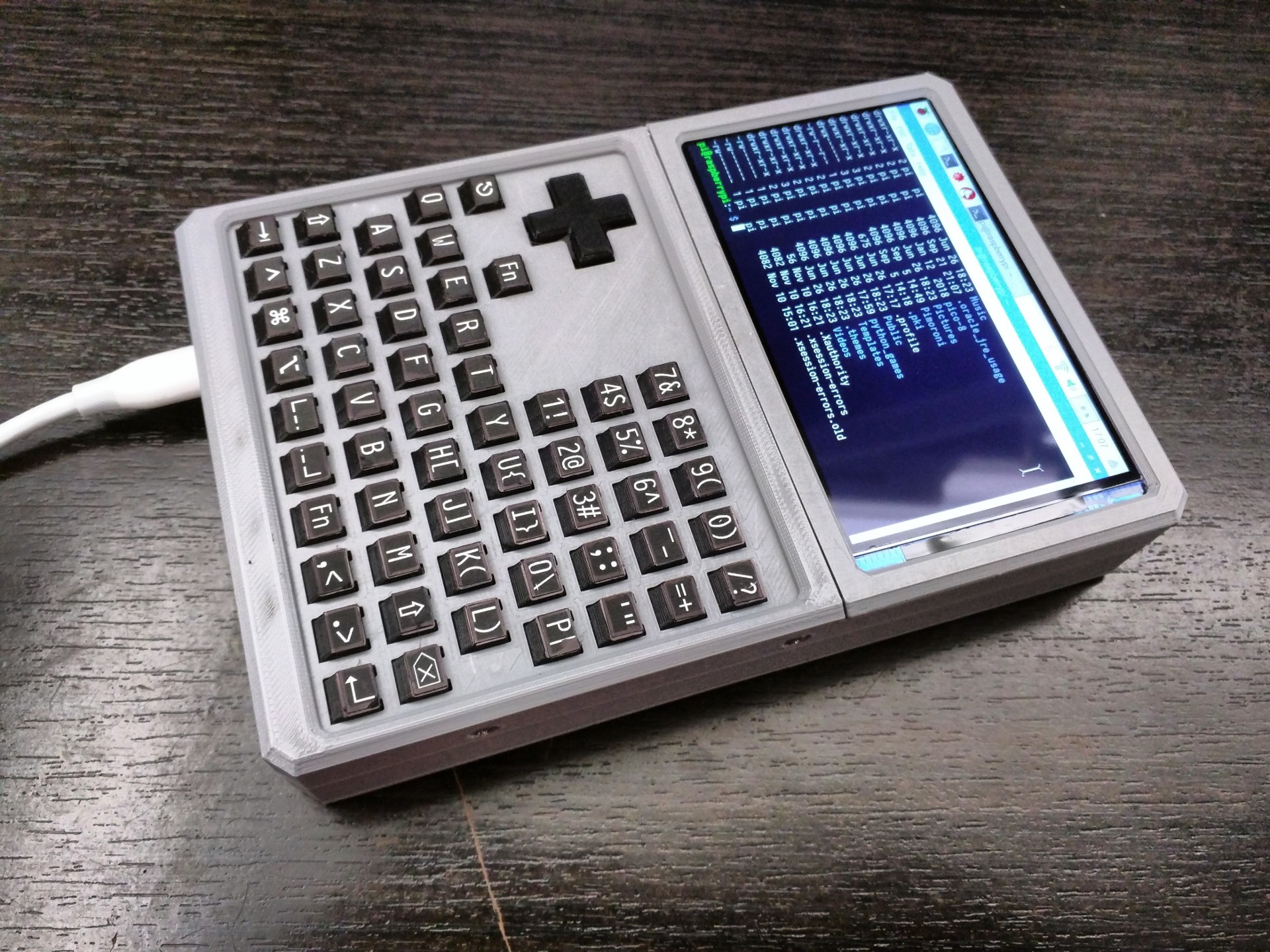
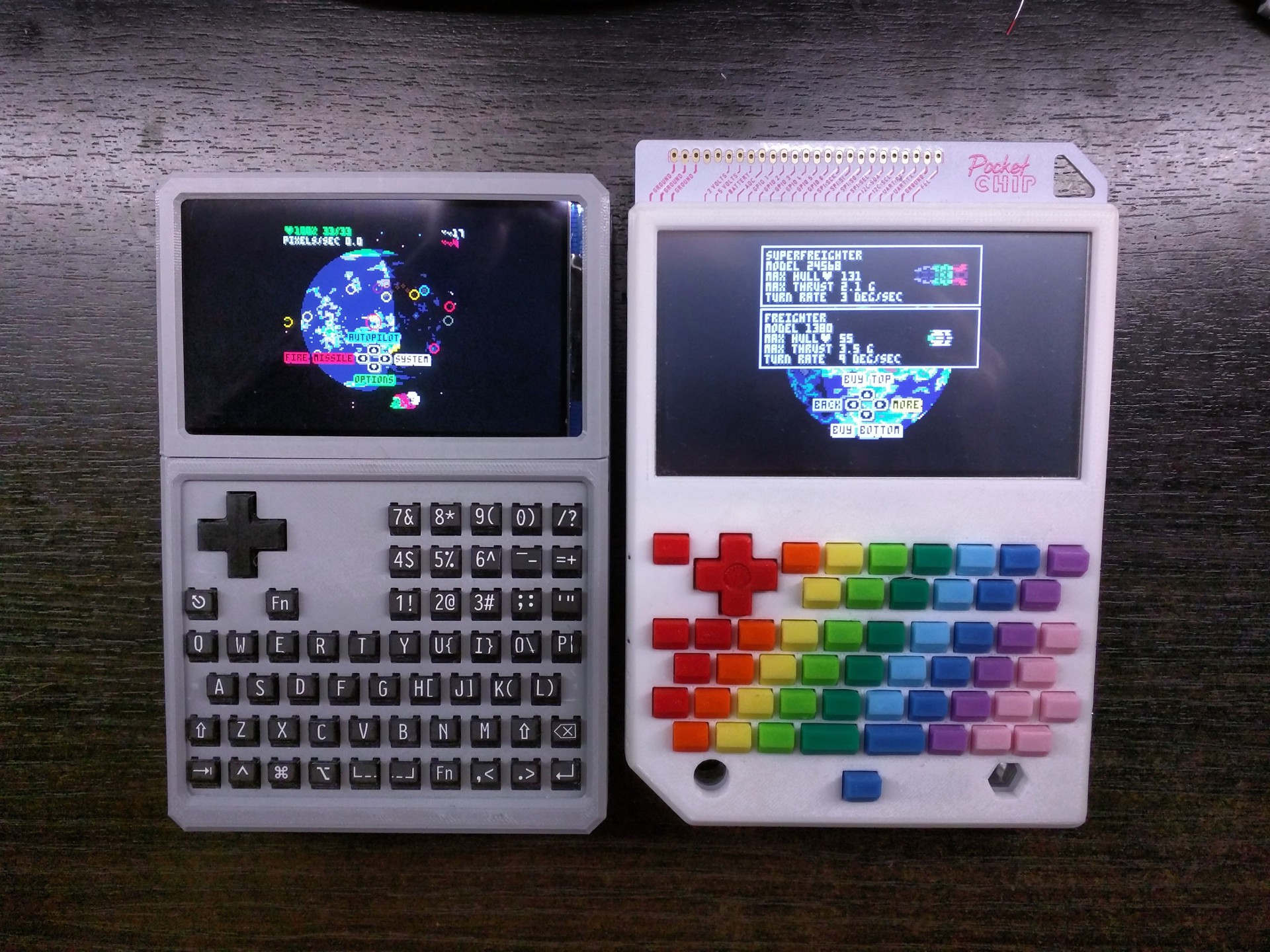
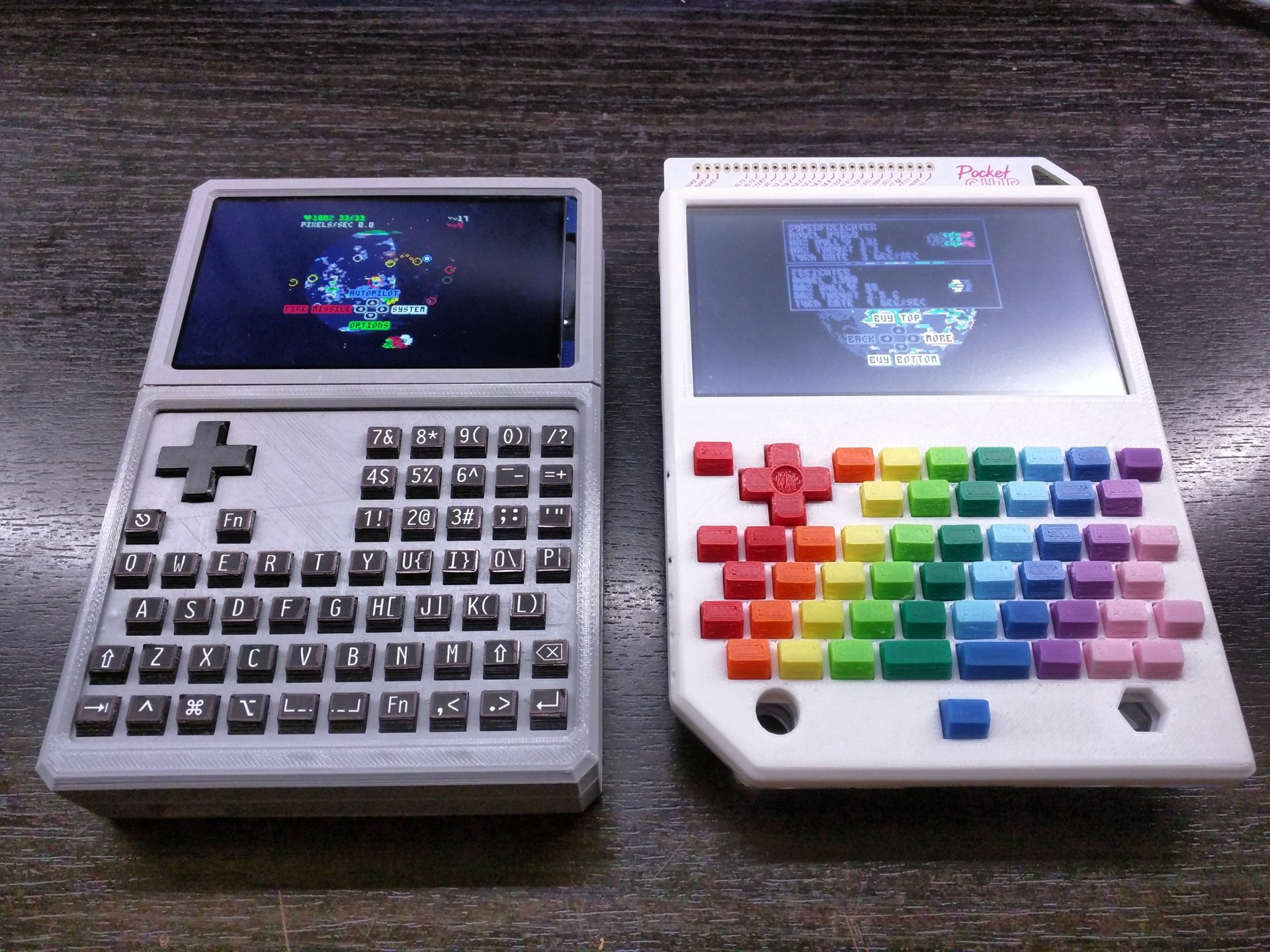
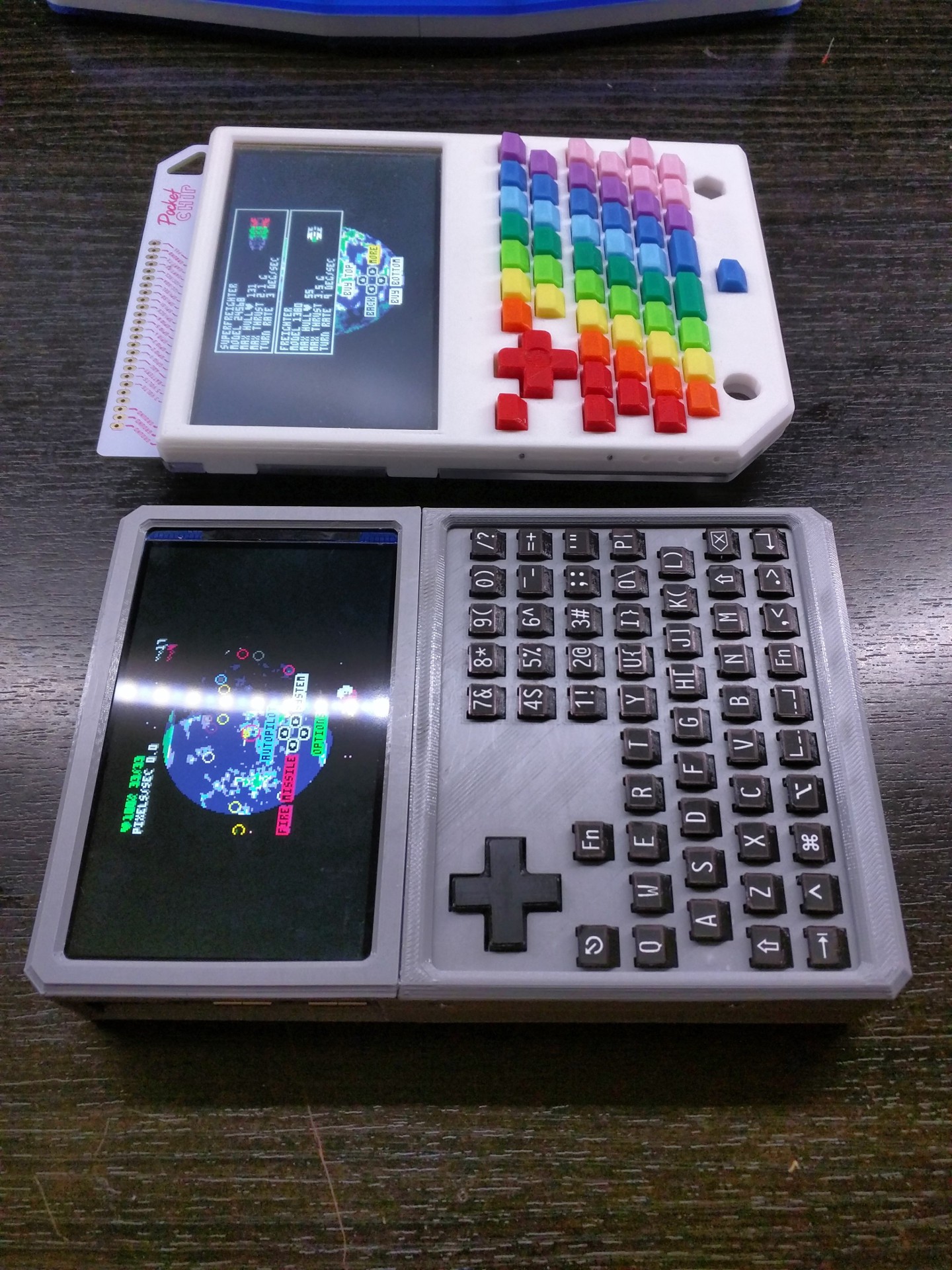
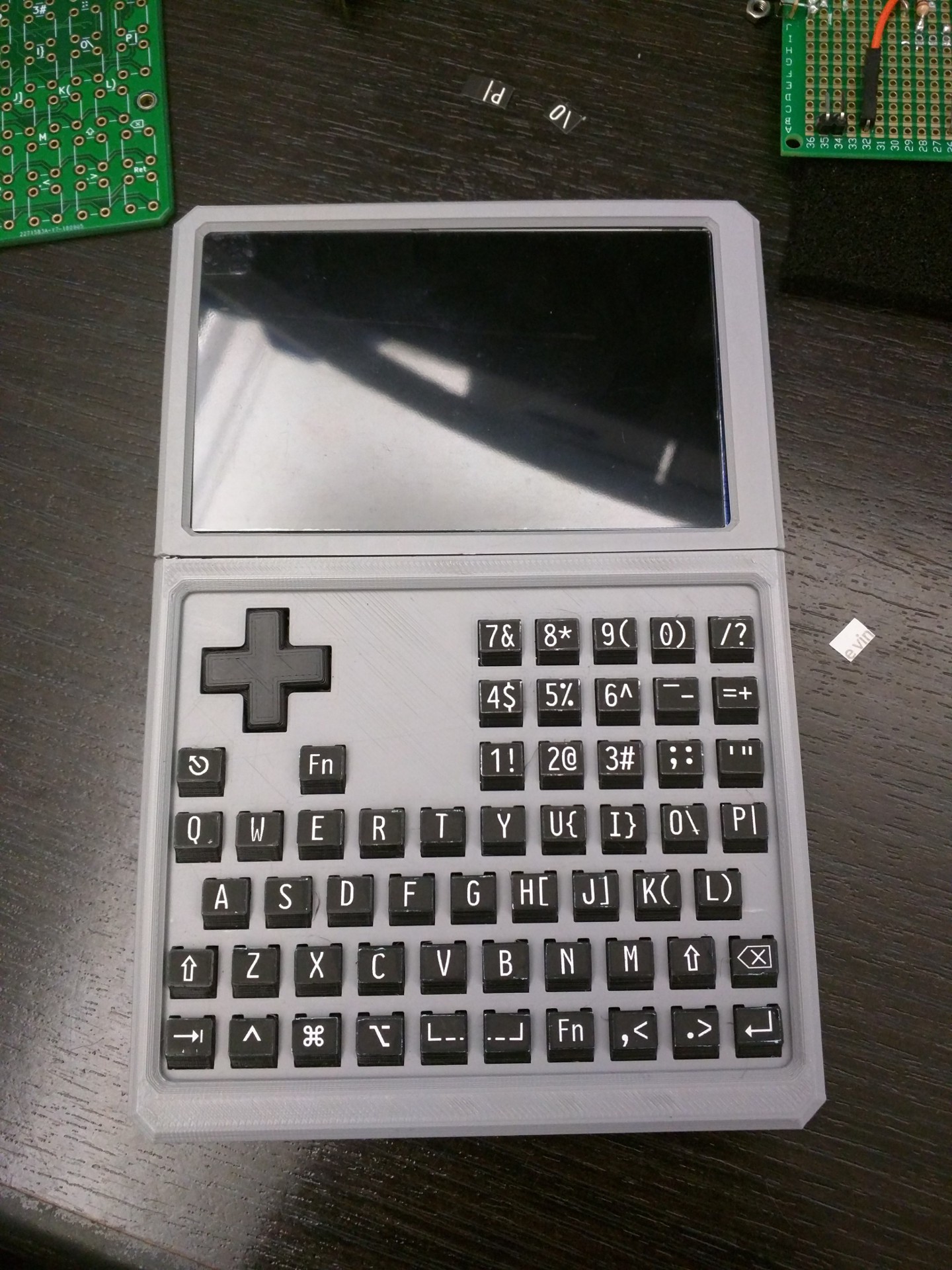

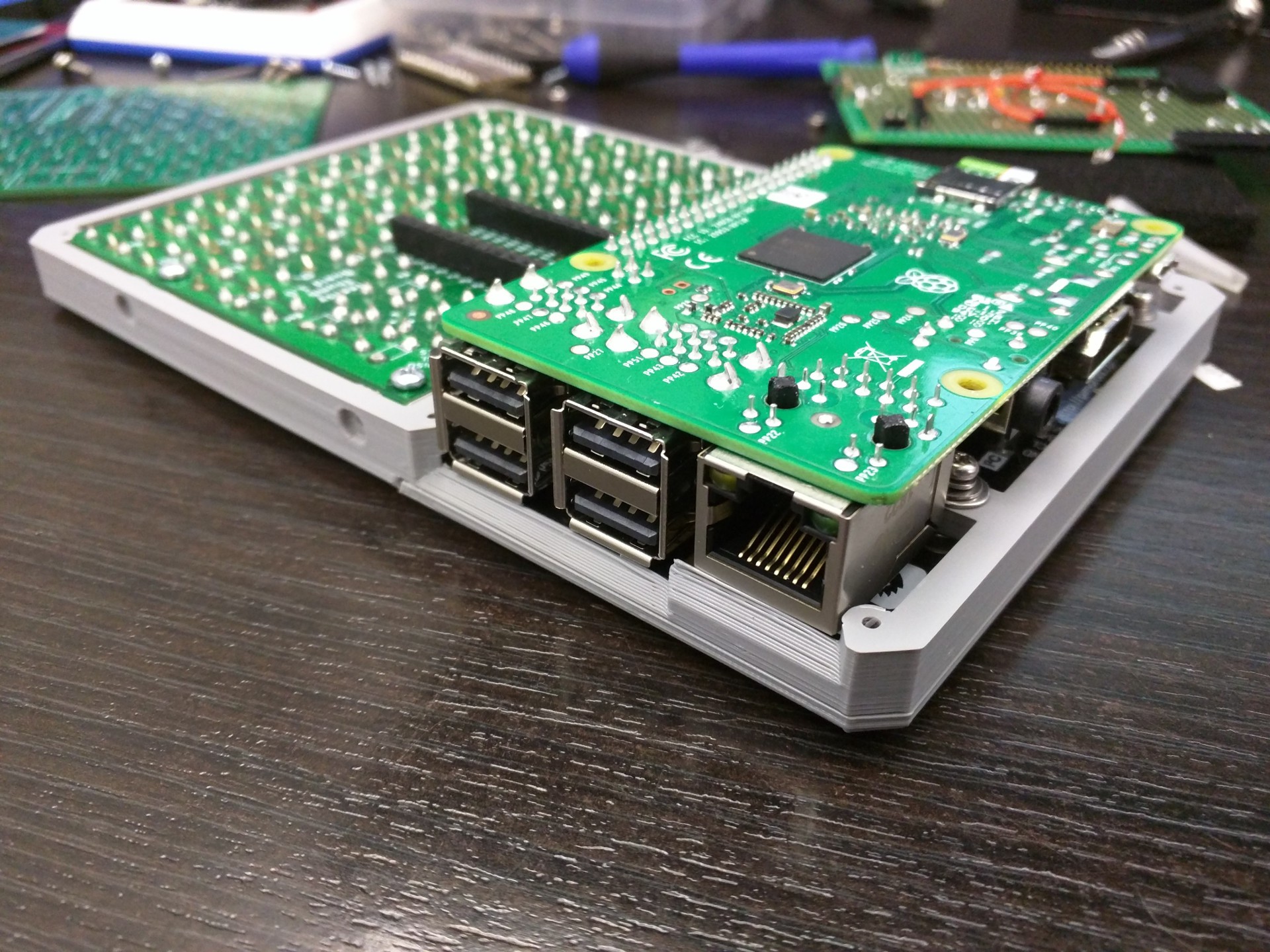

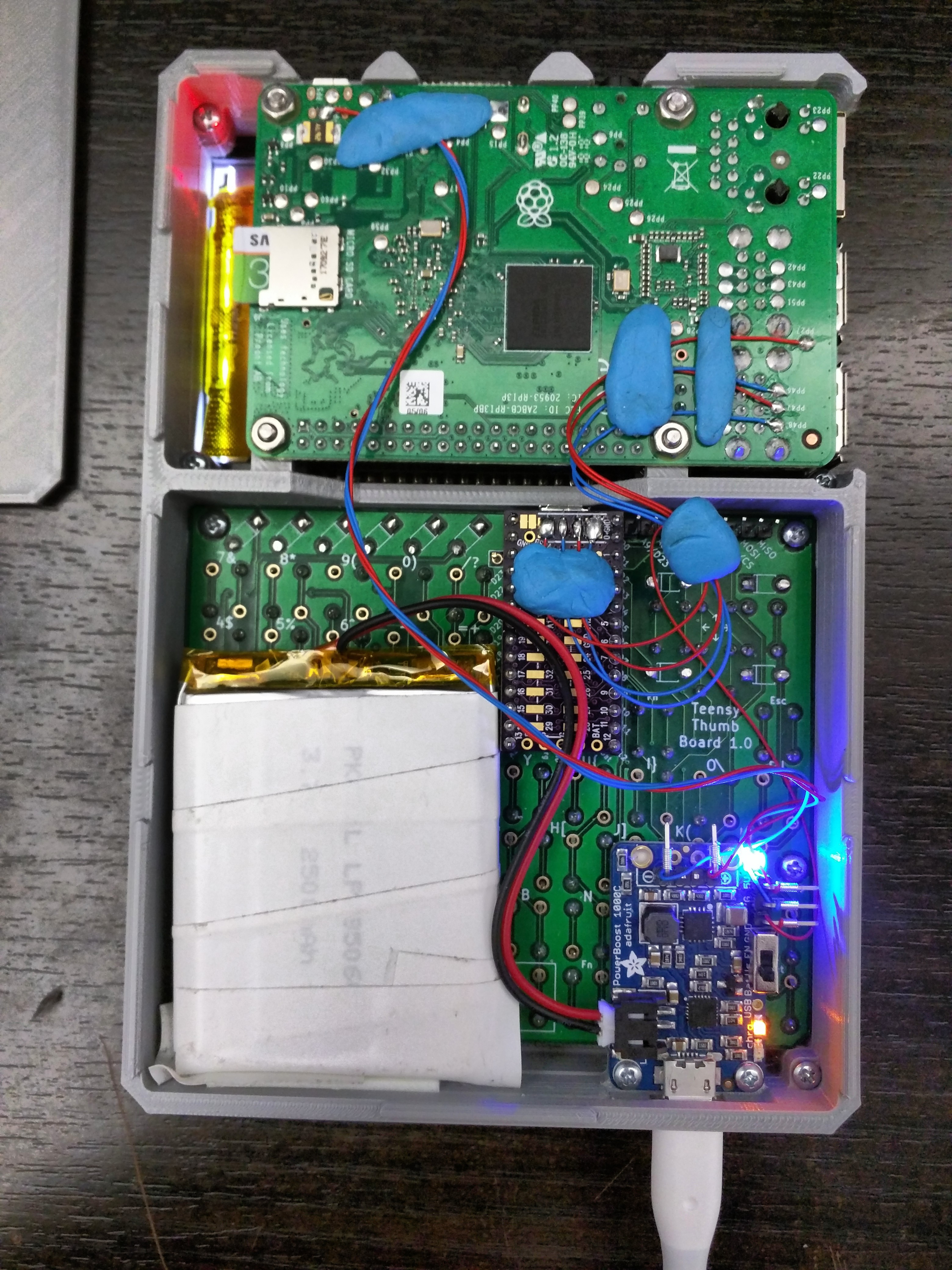



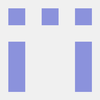


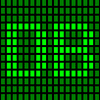


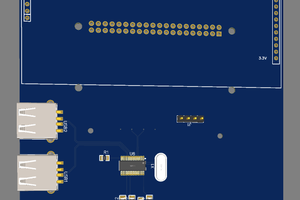

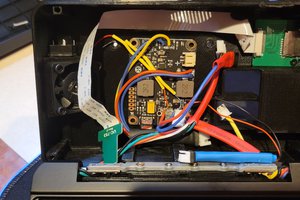

 Richard
Richard
This is a great project - I love that you have got it working with a Pi Zero and a Hyperpixel screen, this is exactly what I had in mind for another project. Is there anything you would do differently, if you were to design another version? What about backlighting? I'm thinking I'll use these soft-touch switches from Adafruit: https://www.adafruit.com/product/4183 but that's just personal preference.
Thanks again for sharing!